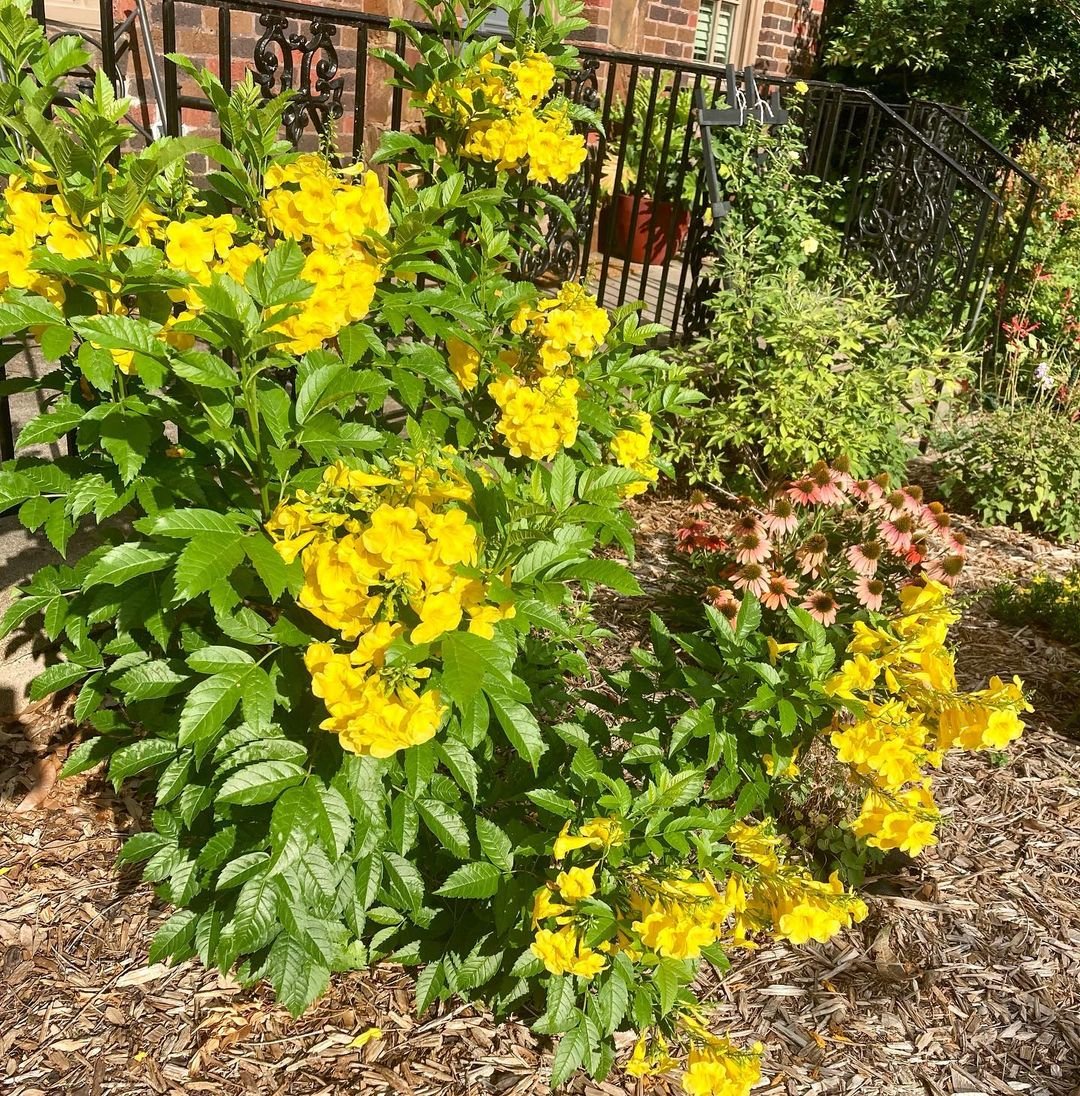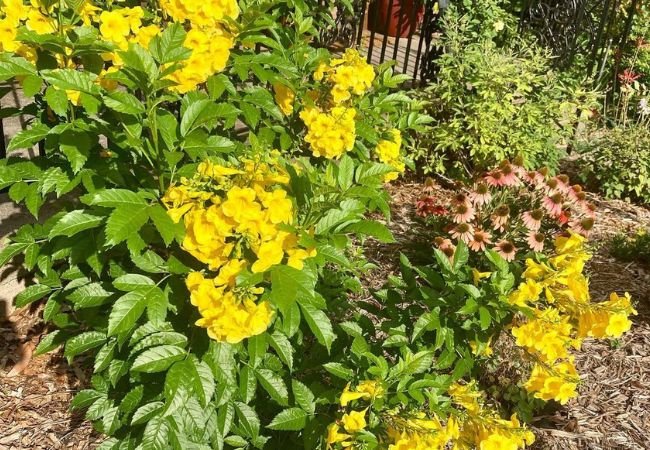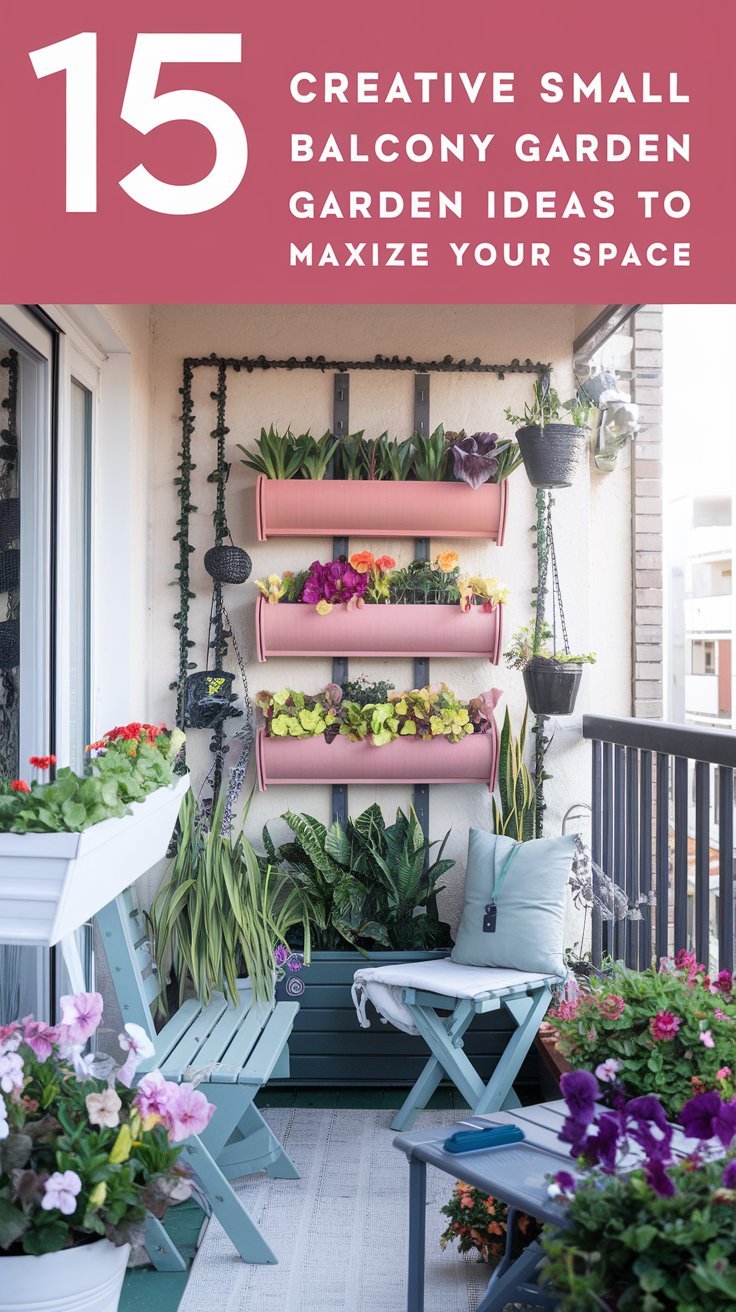Discover the beauty of the Esperanza plant and learn how to care for it successfully. Explore planting, watering, fertilizing and pruning tips to ensure vibrant, healthy growth in your garden.
The Esperanza plant, scientifically known as Tecoma stans, is a vibrant and eye-catching addition to any garden or landscape. Native to the American tropics, this hardy shrub captivates with its bright yellow flowers and lush foliage. In this blog article, we’ll delve into the world of Esperanza, offering comprehensive care tips and insights to ensure its successful growth. From planting and propagation to pruning and problem-solving, we’ll equip you with the knowledge to cultivate a thriving and stunning Esperanza plant. So, whether you’re a gardening novice or an experienced green thumb, read on to explore the beauty and joy that Esperanza can bring to your outdoor space.
Here’s a short information chart about the Esperanza plant:
| Attribute | Information |
|---|---|
| Botanical Name | Tecoma stans |
| Common Name | Esperanza |
| Plant Type | Shrub/Small Tree |
| Zones | 8-11 |
| Sun Exposure | Full sun |
| Soil Type | Well-drained |
| Watering | Moderate |
| Growth Habit | Upright, spreading |
| Height/Spread | 6-20 feet tall, 4-6 feet wide |
| Special Features | Bright yellow flowers, attracts pollinators |
Esperanza Plant Care: A Comprehensive Guide

Planting Esperanza
Esperanza is a sun-loving plant that thrives in bright, direct sunlight. When choosing a location for your Esperanza, opt for an area that receives full sun exposure, ideally with well-drained, fertile soil. This shrub is adaptable to various soil types but prefers a slightly acidic pH range of 5.5 to 6.5. Before planting, it’s beneficial to mix compost or other organic matter into the soil to enhance its nutrient content and drainage capabilities.
For those in regions with cold winters, it’s important to note that Esperanza is only cold-hardy in USDA zones 8 and above. If you live in a cooler climate, you can still enjoy this beautiful plant by growing it in a container that can be moved indoors during the winter months. When planting your Esperanza, whether in the ground or a pot, ensure that the root ball is placed at the same depth as it was in its original container. Space multiple plants about 5-6 feet apart to allow for adequate airflow and growth.
Watering and Fertilizing
Esperanza plants have moderate water needs and prefer a consistent supply of moisture. Aim to provide a thorough watering once or twice a week during the growing season, ensuring that the top few inches of soil dry out slightly between waterings. In periods of extreme heat or drought, you may need to water more frequently to prevent leaf wilting and promote continuous blooming.
Regarding fertilization, Esperanza plants benefit from regular feeding during the growing season. A balanced, slow-release fertilizer applied in early spring will provide the necessary nutrients for healthy growth and abundant flowers. Alternatively, you can use a water-soluble fertilizer every two weeks, following the instructions on the package for proper dilution and application. Avoid over-fertilizing, as this can lead to excessive foliage growth at the expense of flowers.
Pruning and Deadheading
Pruning is an important aspect of Esperanza care, as it helps maintain the plant’s shape and encourages new growth. The best time to prune your Esperanza is in late winter or early spring before new growth emerges. Remove any dead, diseased, or damaged branches, and thin out the canopy to improve airflow and light penetration. You can also shape the plant by selectively pruning to create a more compact or tree-like form.
Deadheading or removing spent flowers, is another task that will keep your Esperanza looking tidy and promote continuous blooming. Simply snap or cut off the flower clusters just below the blooms as they fade, encouraging the plant to direct its energy toward producing new flowers rather than seed development.
Propagating Esperanza
Esperanza plants can be easily propagated through stem cuttings, making it a cost-effective way to expand your garden or share plants with fellow gardeners. To propagate Esperanza, take softwood cuttings in early summer when the plant is actively growing. Cut a 4-6 inch stem tip just below a leaf node, remove the lower leaves and dip the cutting in a rooting hormone. Then, place the cutting in a well-drained potting mix, and provide warmth and humidity until roots form, usually within a few weeks. Once your cutting has rooted and grown into a young plant, you can transplant it into a larger pot or your garden.
Pests and Diseases
Esperanza plants are generally resistant to most pests and diseases, but it’s important to remain vigilant. Keep an eye out for common issues such as aphids, scale insects and whiteflies, which can be controlled with insecticidal soap or neem oil. Additionally, fungal diseases like root rot can occur in poorly drained soils, so ensure your planting site has adequate drainage to prevent this issue.
Troubleshooting Common Problems
Why isn’t my Esperanza blooming?
If your Esperanza plant isn’t producing flowers, there are a few potential causes to consider. Firstly, ensure that your plant is receiving sufficient sunlight, as insufficient light is a common reason for a lack of blooms. Additionally, over-fertilization with high-nitrogen fertilizer can promote foliage growth at the expense of flowers. Pruning your plant back by about a third in early spring can help encourage blooming, as it redirects the plant’s energy toward flower production.
My Esperanza plant looks leggy and sparse. What can I do?
A leggy and sparse appearance is often due to a lack of sunlight or inadequate pruning. Ensure your Esperanza is positioned in a sunny location, receiving at least 6-8 hours of direct sunlight daily. Additionally, regular pruning will help promote a bushier habit. Prune your plant in early spring, cutting back the stems by about a third to encourage fuller growth.
The leaves of my Esperanza are turning yellow and dropping. What’s the issue?
Yellowing and dropping leaves could indicate several problems, including overwatering, nutrient deficiencies, or pest infestations. Check the soil moisture level and ensure you are not overwatering, as this can lead to root rot and subsequent leaf drop. Additionally, apply a balanced fertilizer to address any nutrient deficiencies. Inspect your plant for pests and treat accordingly if they are present.
The Esperanza plant is a stunning and resilient addition to any garden, offering vibrant color and a touch of tropical charm. By following the care tips outlined in this article, you can successfully grow and maintain a healthy Esperanza shrub. Remember to provide ample sunlight, water regularly, fertilize during the growing season and prune as needed to encourage a lush and vibrant display. With proper care, your Esperanza will reward you with its beautiful blooms and lush foliage for years to come. Happy gardening!








Leave a Reply